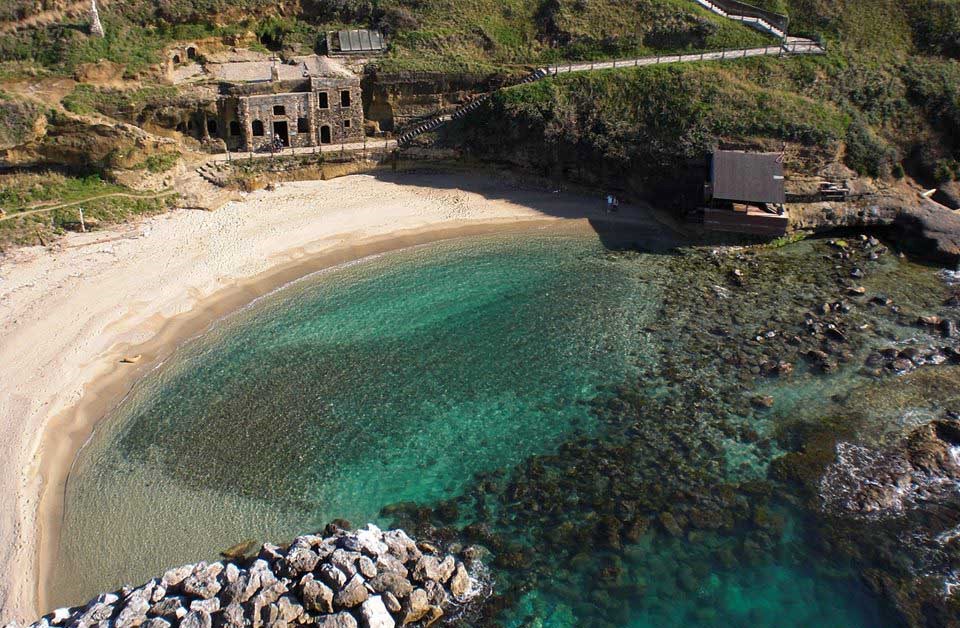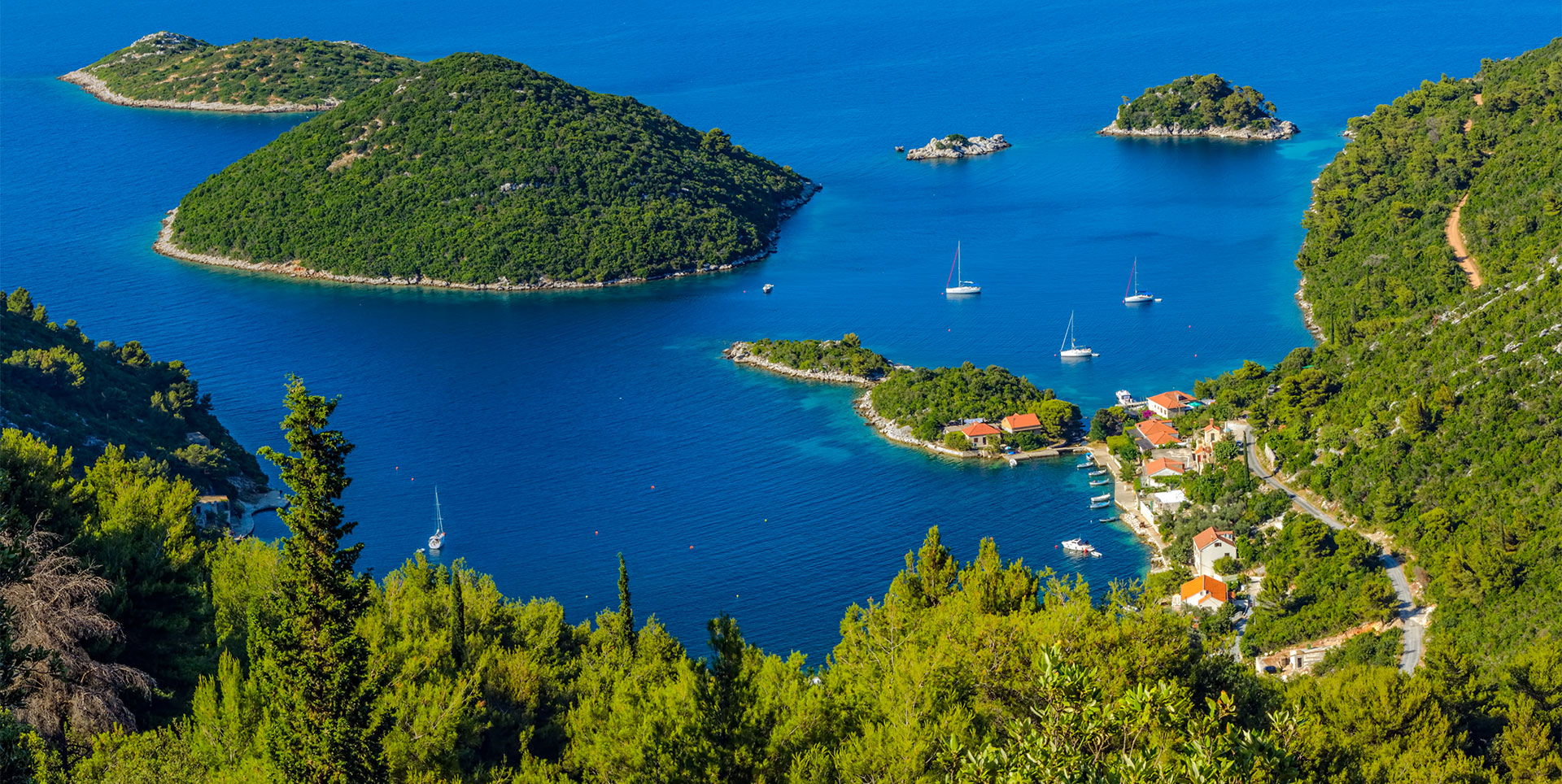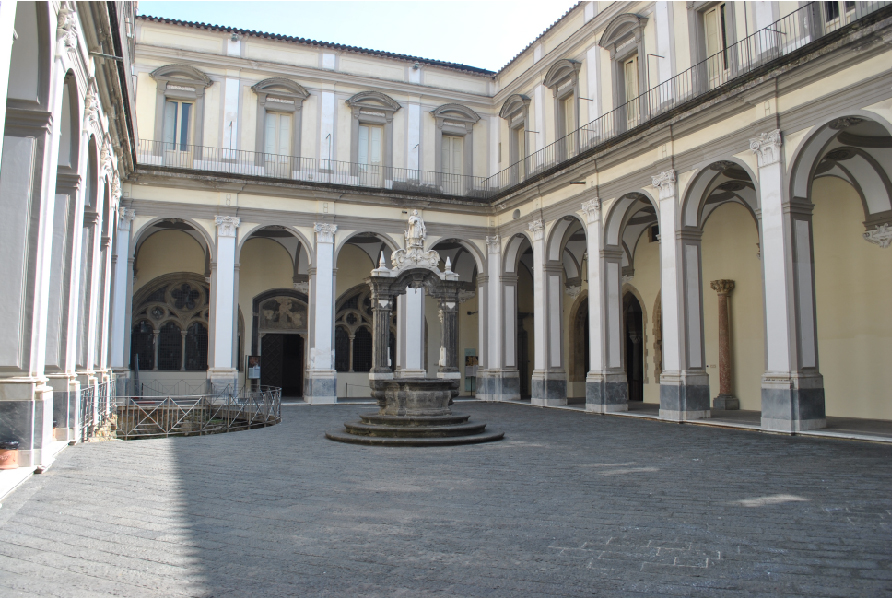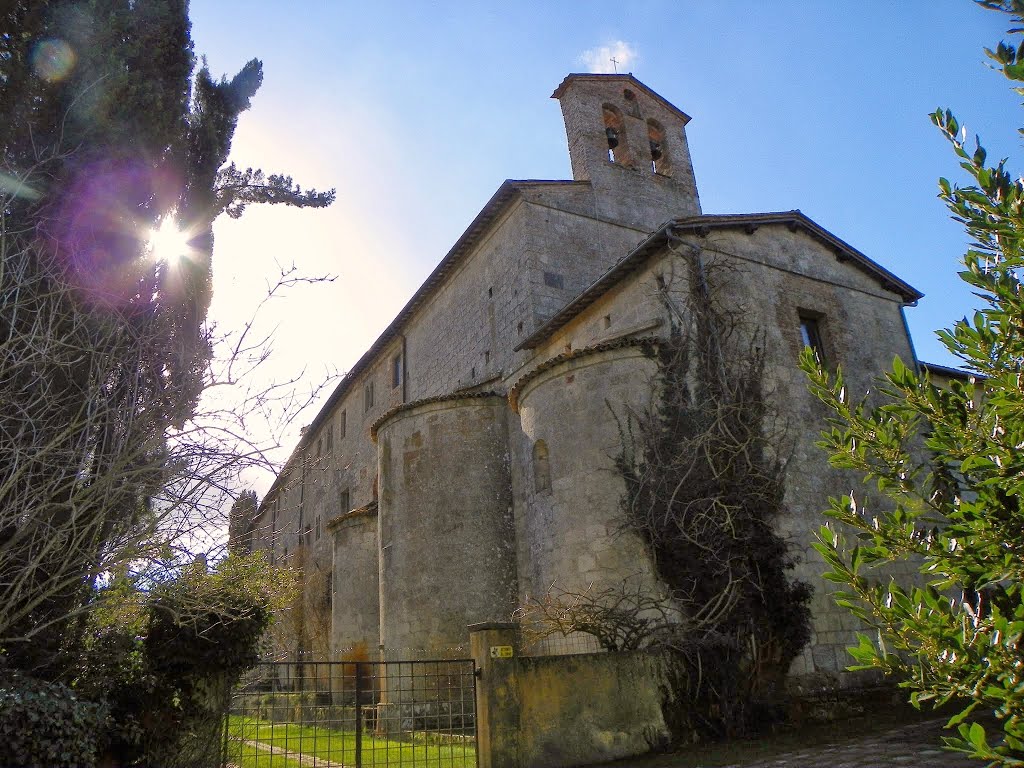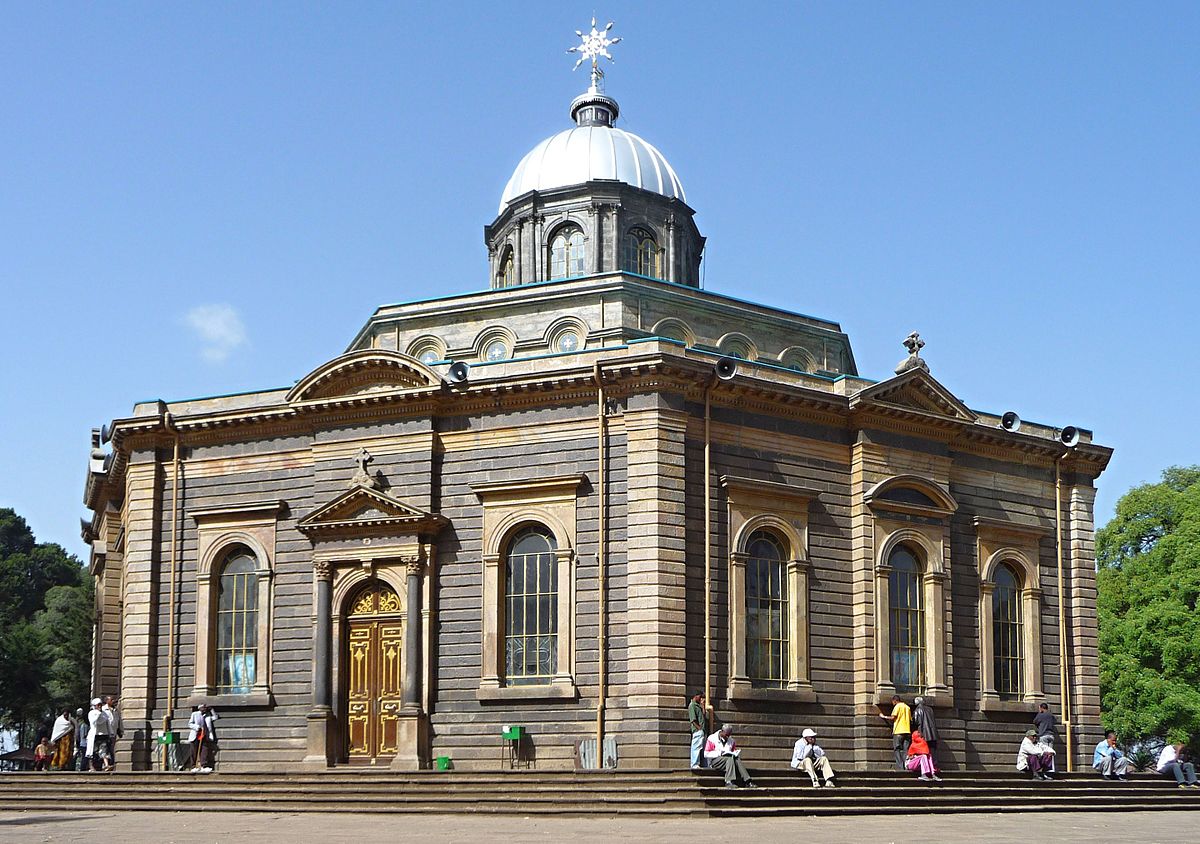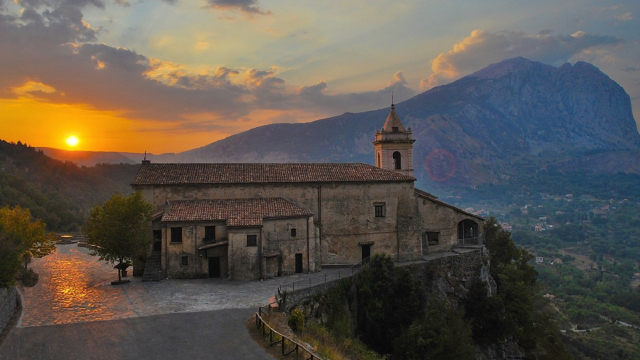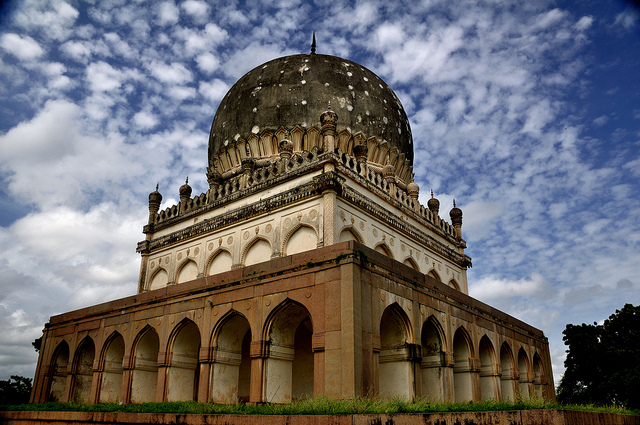For hundreds of years the legend of a shipwreck occurred around the middle of ‘600: a sailing ship with Neapolitan crew was surprised by a violent storm.
The sailors gathered in the Captain’s cabin where the painting of the Madonna of Piedigrotta was kept and all together they began to pray making a vow to the Virgin that, in case of salvation, they would build a chapel and dedicate it to the Madonna.
The ship sank and the sailors swam to the shore. Together with them, the painting of the Madonna of Piedigrotta and the bell on board dated 1632 rested on the shore.
Determined to keep their promise, they dug a small chapel in the rock and placed the sacred image there. There were other storms and the picture, carried away by the fury of the waves that penetrated into the cave, was always found in the place where the ship had crashed against the rocks.
There are no documents that can prove this story, but the cult for the image is ancient and very felt by the population and it would not be unlikely that the picture is really the result of a shipwreck.
…and history
Around 1880, a local artist, Angelo Barone, who had a small stationer’s shop in the center of the village, decided to devote his life to that place; every day he reached the place on foot and with pickaxe strokes he enlarged the cave, he created two other side ones and filled the rooms with statues representing the life of Jesus and the Saints. Angelo died on May 19, 1917, and was succeeded by his son Alfonso who dedicated 40 years of his life to the Church. By his hand, it assumed its final appearance. He sculpted other groups of statues, capitals with angels, bas-reliefs with sacred scenes, frescoes on the vault of the nave and on the high altar. At his death there were no continuators.
Unfortunately, at the beginning of the 60’s the church was vandalized. A boy (or maybe two), penetrated inside and with a stick decapitated and broke the limbs of several statues! Fortunately, at the end of that same decade, a nephew of Angelo and Alfonso Barone, named Giorgio, decided to return to Pizzo from Canada where he had moved and became a renowned sculptor. He should have stayed in his birthplace for only two weeks, but after going to visit the church and finding it reduced to a pile of rubble, he decided to try to restore it. He remained in Pizzo several months working continuously to resurrect the masterpiece created by his uncles. The restoration was completed in ’68 and obtained official recognition in ’69 with a public thanksgiving in the Council Chamber of the City of Pizzo by the Councillor Mannacio and Mayor Amodio.
